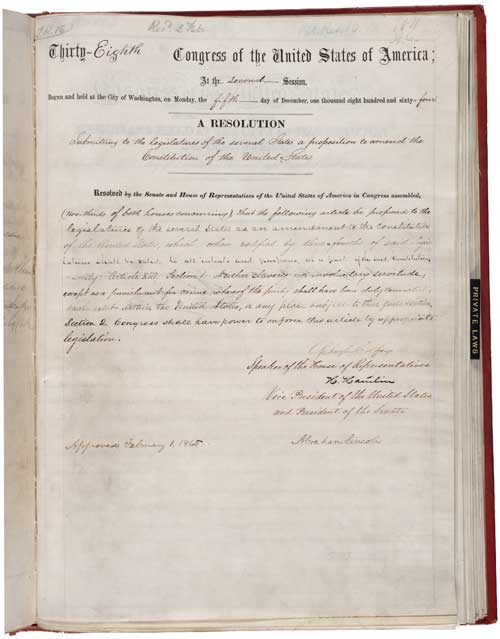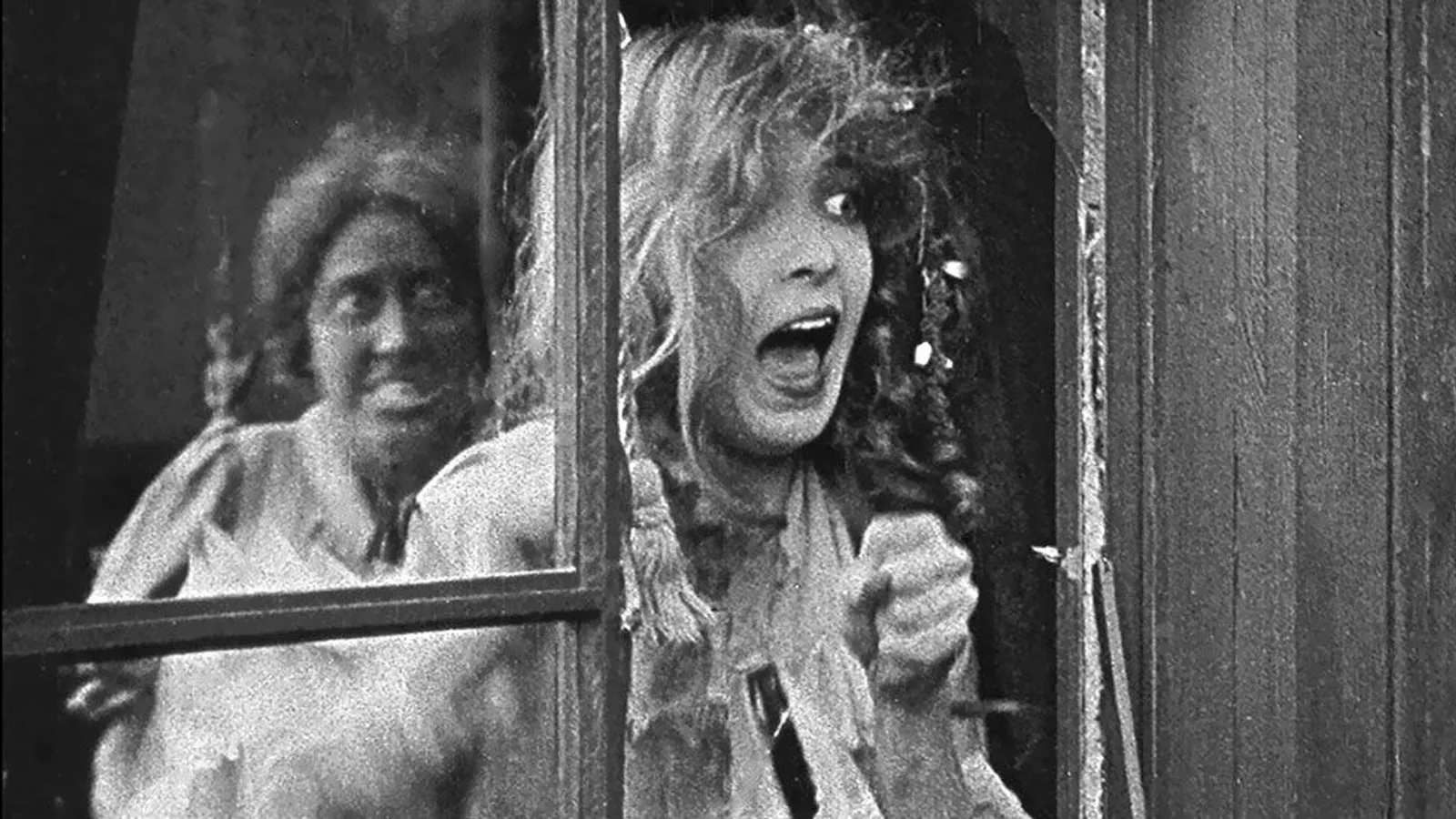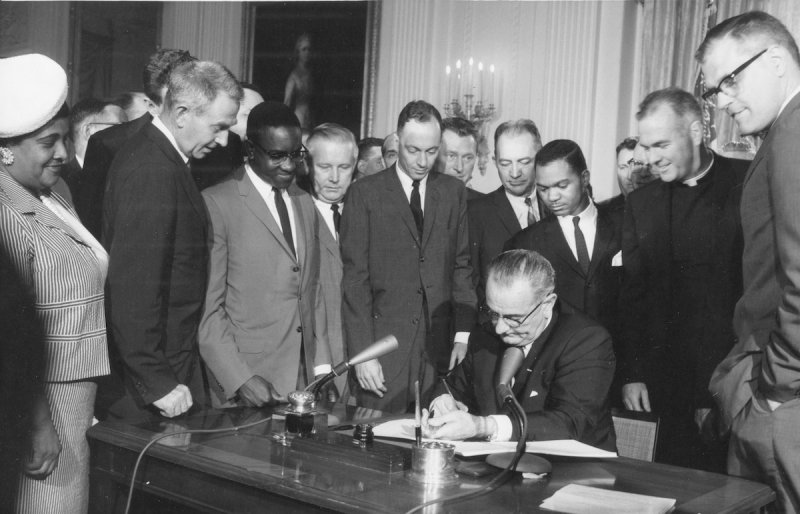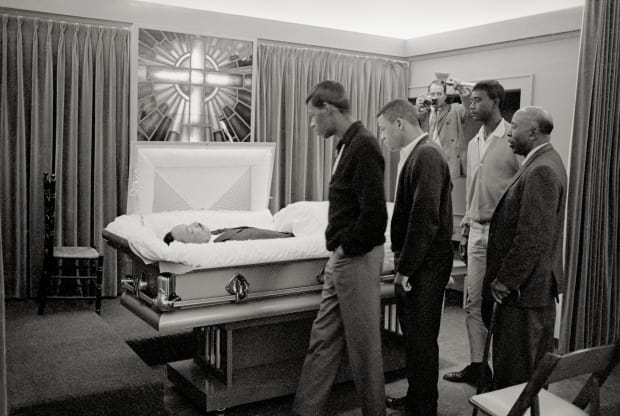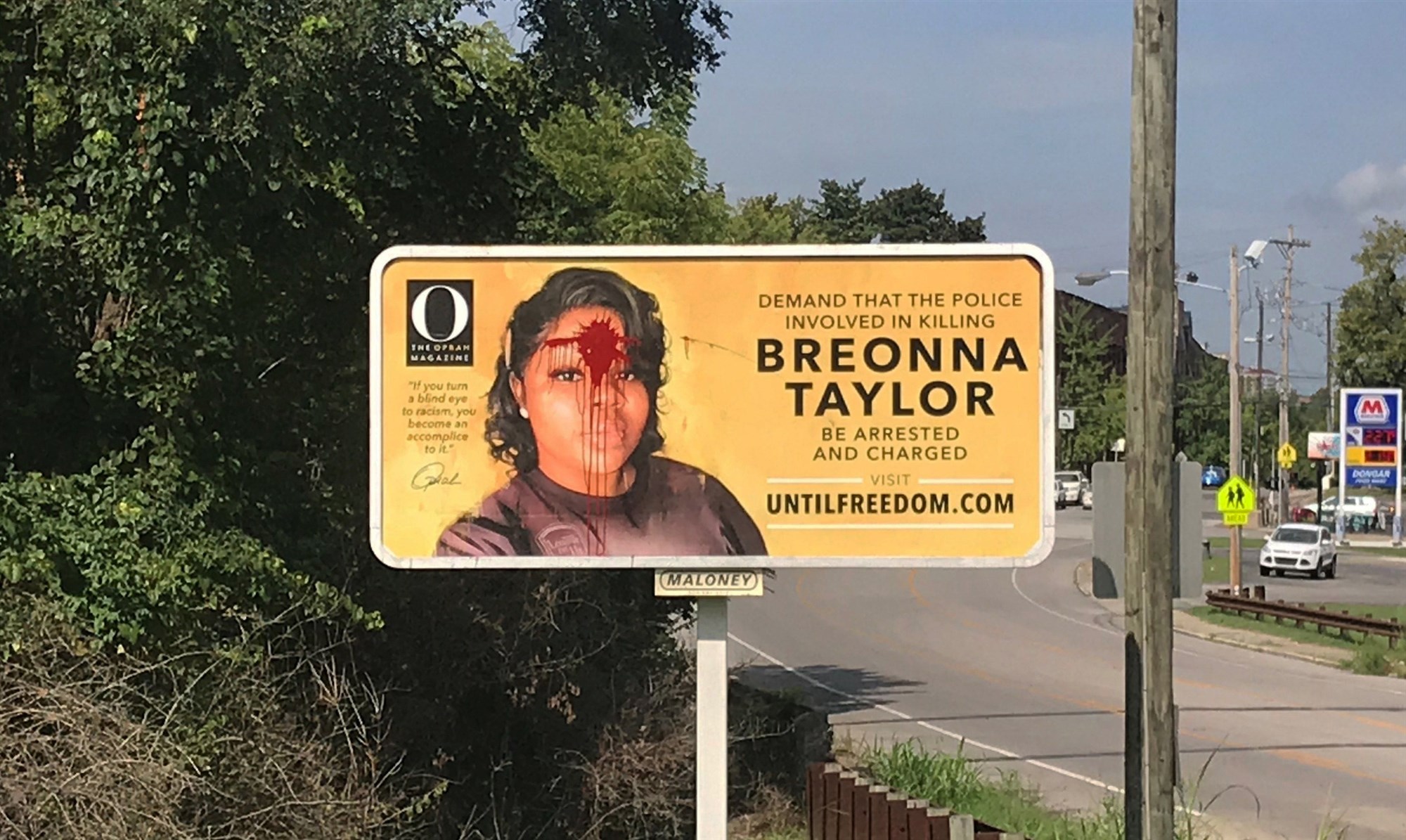[4] "Timeline of Events in African American History," Association of American State Geologists, accessed January 16, 2021, https://www.fs.fed.us/people/aasg/calendar/timeline.html.
[5] 13th Amendment to the U.S. Constitution: Abolition of Slavery, photograph, National Archives, January 31, 1865, accessed February 9, 2021, https://www.archives.gov/historical-docs/13th-amendment.
[6] Ferris State University, "Jim Crow Era," Jim Crow Museum, accessed January 16, 2021, https://www.ferris.edu/htmls/news/jimcrow/timeline/jimcrow.htm.
[7] "Timeline of Events in African American History," Association of American State Geologists, accessed January 16, 2021, https://www.fs.fed.us/people/aasg/calendar/timeline.html.
[8] DW Griffith followed up The Birth of a Nation with another epic a year later, in 1916 – Intolerance, a movie some see as his apology for his previous film's racism, photograph, BBC, February 6, 2015, accessed January 31, 2021, https://www.bbc.com/culture/article/20150206-the-most-racist-movie-ever-made.
[9] "Timeline of the American Civil Rights Movement," Encyclopaedia Britannica, https://www.britannica.com/list/timeline-of-the-american-civil-rights-movement.
[10] President Lyndon B Johnson signs the Civil Rights Act in a ceremony at the White House, Washington DC, July 2, 1964, photograph, TIME, July 2, 2015, accessed February 10, 2021, https://time.com/3911037/civil-rights-act-1964/.
[11] Bettman Archive and Getty Images, Assassinated in Memphis, photograph, History, April 1, 2021, accessed April 7, 2021, https://www.history.com/topics/black-history/martin-luther-king-jr-assassination.
[12] Erik Ponder, "African American Studies Research Guide: Milestones in Black History," Michigan State University Libraries, accessed February 10, 2021, https://libguides.lib.msu.edu/c.php?g=95622&p=624423.
[13] J.M. Eddins, Jr, President-elect Barack Obama is sworn in as the 44th President of the United States by Chief Justice of the Supreme Court, John Roberts, at U.S. Capitol in Washington, D.C., Tuesday, January 20, 2009., photograph, Washington Times, October 19, 2017, accessed April 7, 2021, https://www.washingtontimes.com/news/2017/oct/19/barack-obama-makes-history/.
[14] Lucas Aulbach, A vandalized Breonna Taylor billboard on Lexington Road near Spring Street in Louisville, Ky., on Aug. 18, 2020., photograph, NBC News, August 20, 2020, accessed February 10, 2021, https://www.nbcnews.com/news/us-news/breonna-taylor-billboard-louisville-vandalized-red-paint-across-her-forehead-n1237442.
[15] 2021 BBC, "Breonna Taylor: Timeline of black deaths caused by police," BBC News, accessed February 10, 2021, https://www.bbc.com/news/world-us-canada-52905408.
